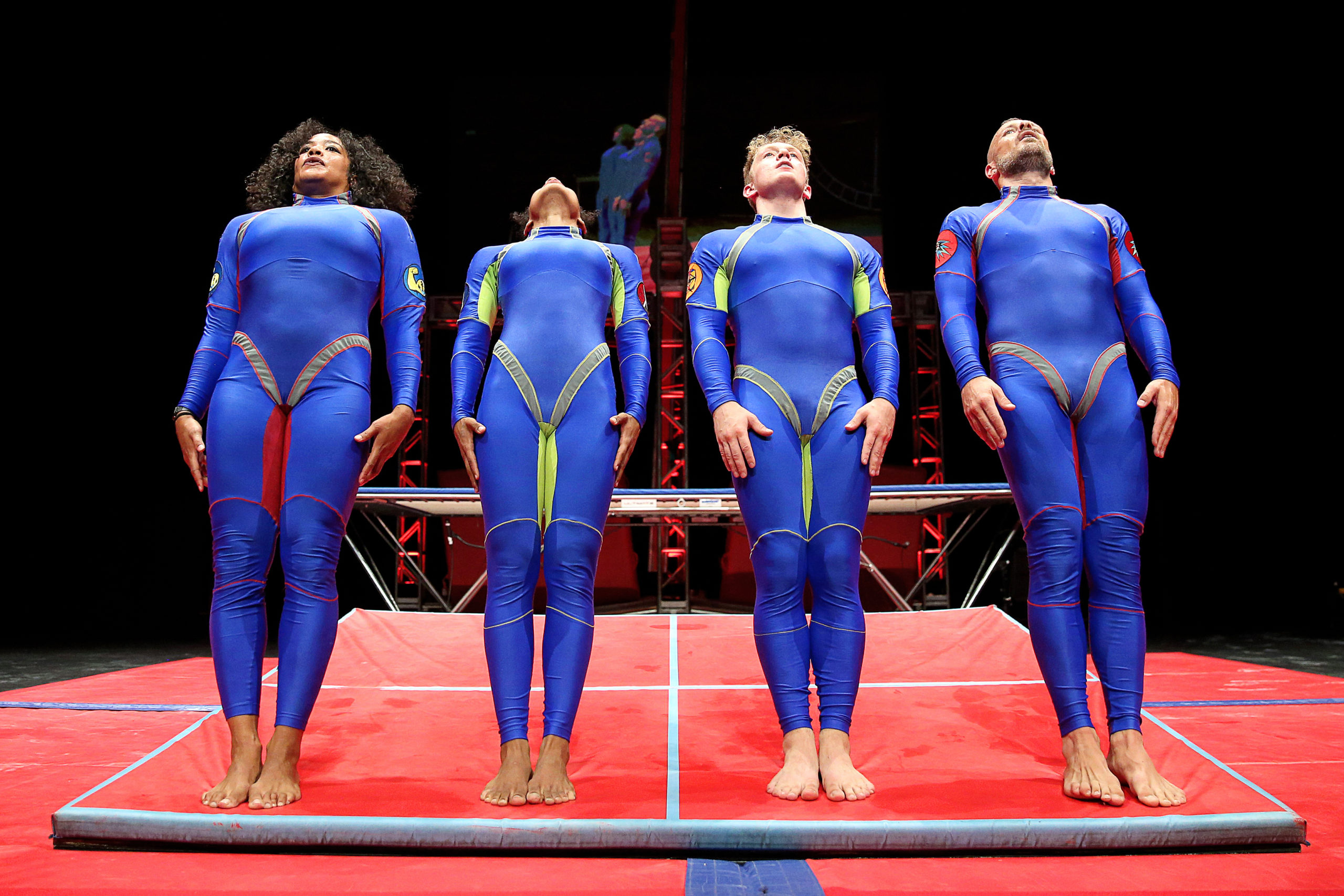Tips for Safer, More Expressive Falls
STREB Extreme Action co-artistic director Cassandre Joseph and her fellow company members fall from heights of up to 30 feet as part of founder Elizabeth Streb’s daredevil work. Even from less dizzying heights, choreographed falls are part of performing—whether it’s Odette jumping to her death in Swan Lake, a contemporary dancer melting into the floor or a breaker dramatically exiting a headstand. A convincing, safe onstage fall takes both bravery and control—and can be as much a psychological challenge as a physical one.
Break It Down
Although choreographed, falls often need to appear spontaneous; falling safely actually means knowing exactly how to get from vertical to horizontal. “If the pathway is unknown, that’s where the anxiety can come in,” says Allysen Hooks, a New York City–based contemporary dancer, choreographer and teacher. “Break it down first—what is going to happen in my joints in order to get closer to the floor? What part of my body is going to touch the floor first? And then once the pathway feels clear, try it with more momentum or surrender to gravity.”
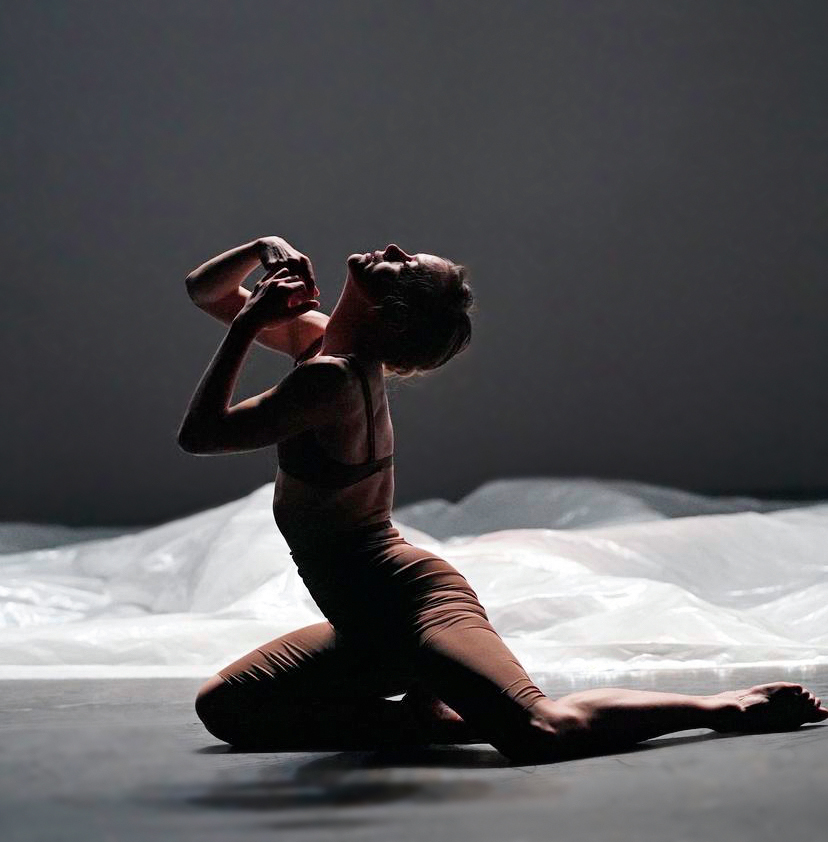
Even when you know the mechanics of a fall inside and out, there will still be an element of surprise that, hopefully, audiences can feel too. “That moment of giving in to gravity will always be spontaneous—it’s an external force acting upon your body,” Hooks says. “It will be a surprise to your body every time, so it’s just about allowing yourself to have fun on that ride.”
Disperse the Impact
Falling with minimum discomfort and injury risk comes down to physics: The more surface area you can get on the ground at once, the more you disperse the impact. This means trying to fall on large, padded areas, like the side of the thigh and the glutes, says athletic trainer Megan Richardson, rather than on bony areas, like hands and knees.
At STREB, dancers learn to land completely flush with the ground, says Joseph, usually onto a mat. “No matter what happens in the air, your body is aware enough to arrange itself quickly and take that hit flush,” she says.
Soften Into It
There are infinite ways to transition from standing to the floor, points out Hooks, from crumbling to spilling to diving. But no matter the quality of the fall, finding softness can make it less effortful, and potentially less painful. For one, softening the joints can help you get closer to the floor before you actually have to fall, making the distance you need to travel much smaller. It can also make for a smoother, safer impact: “If your body is tense as you approach the floor, that’s when you’re more prone to injury or just discomfort,” Hooks says. “Instead, think of suppleness, of the pliability of the joints, of surrendering into gravity.”
The Accidental Fall
Unintentional falls are an unfortunate but inevitable part of being both a dancer and a human. Whether it happens onstage or off, being comfortable with falling can help you rebound faster and reduce risk of injury. “If we’ve practiced it, then when it accidentally happens, our motor system and our nervous system will already have ideas of how to fix the situation,” says athletic trainer Megan Richardson. “But if we don’t practice it and we’re always upright, our system’s not going to respond. So we want to make sure we’re humans first, and humans fall.”
Strengthen to Decelerate
Strong muscles can help decelerate your fall as you approach the ground, says athletic trainer Megan Richardson. “If you’re wiggly and wobbly, then you have no real architecture to support yourself before you fall, and you’ve got all this momentum slapping you down to the floor,” she says. Use these three exercises, simulating the mechanics of falling forward, backward and sideways, to build strength for more control in your falls.
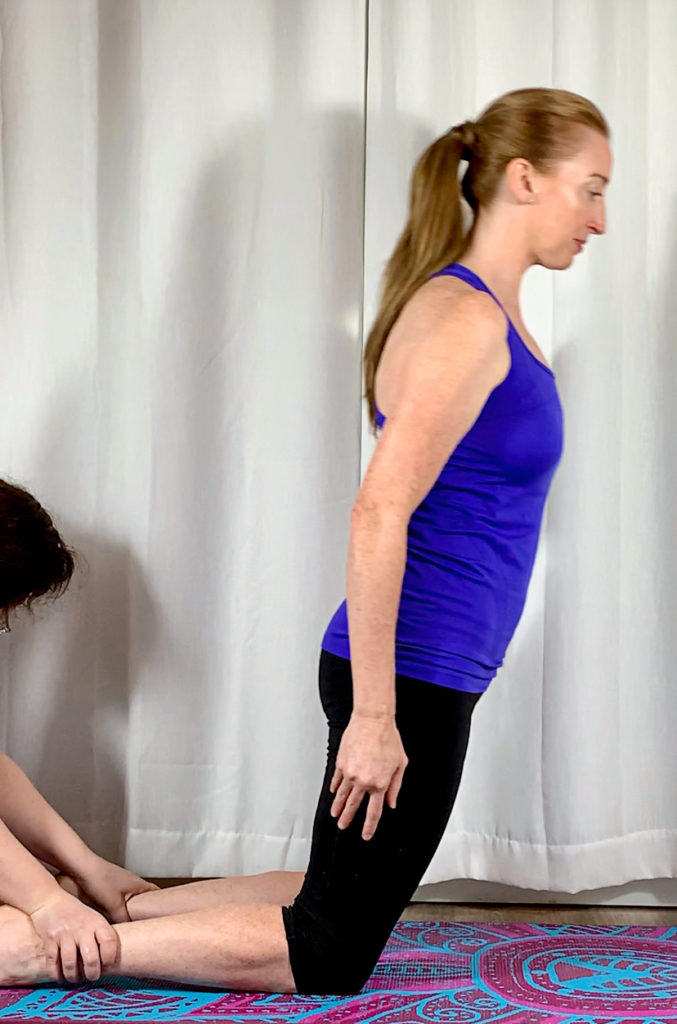
Kneeling forward hinge: Kneel on a pad or mat, with a friend holding down your feet. Hinge forward as far as you can, maintaining a straight line from the knees up to the top of the head, then pull yourself back up using your hamstrings and glutes. Do as many reps as you can while maintaining proper form. To advance the exercise, hinge forward as far as you can with control, and then fall the rest of the way to the floor, catching yourself with your hands, with elbows bent.
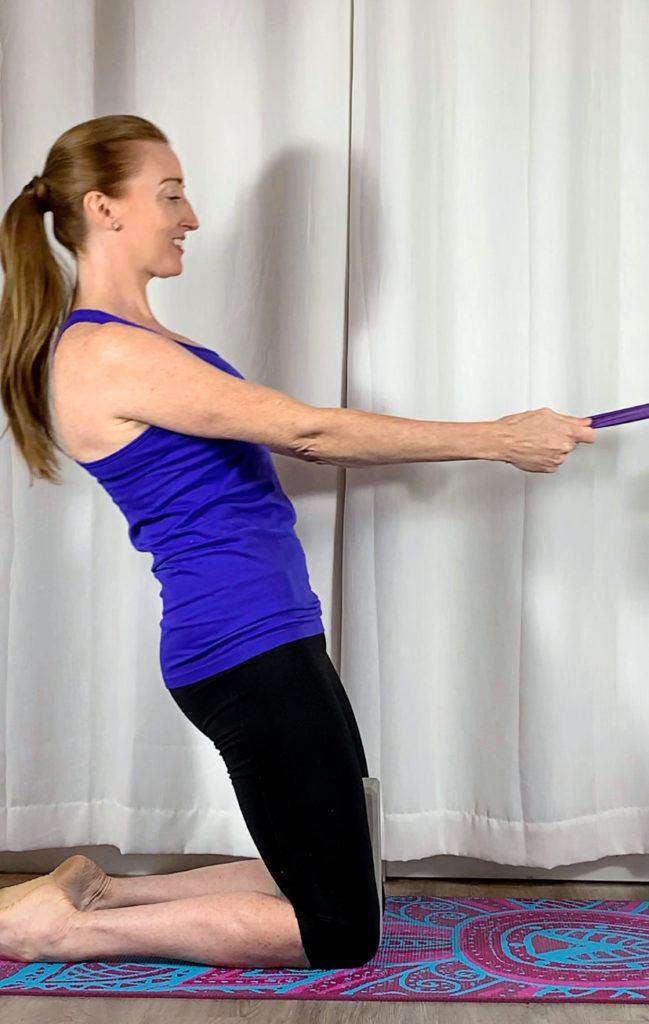
Kneeling backward hinge: Kneel with a ball between your knees, a few feet away from a TheraBand secured to a wall or barre. Holding the band, squeeze the ball as you hinge backward as far as you can without breaking the straight line from the knees to the top of the head. Use your quads and abdominals (with the support of the band) to lift yourself back into an upright position, being careful not to arch the back or sink the seat backward. Do as many reps as you can with proper form—if you’re able to do up to 20 reps, try without the band.
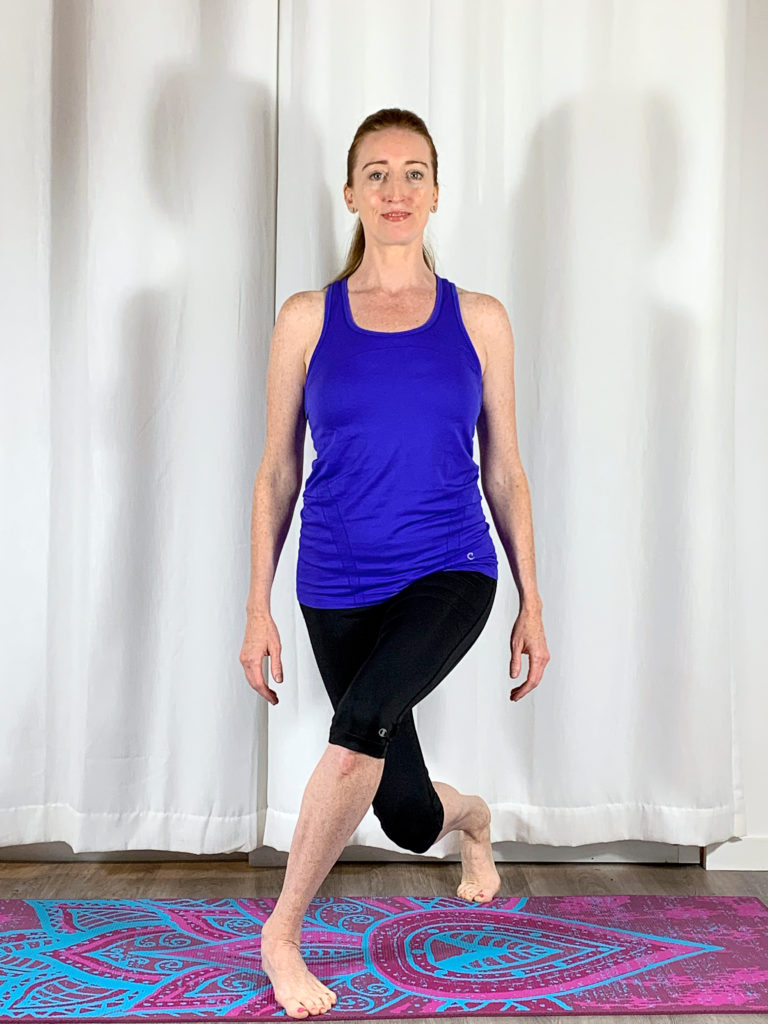
Curtsy lunges into skaters: Begin with alternating curtsy lunges: Standing with your feet hip-width apart, take a big step back with your right foot, crossing it behind your left foot and bending your knees so that your right knee hovers above the floor. Keep your torso upright and the hips square. Repeat on the other side. After 8–10 reps, advance to skaters by jumping instead of stepping, leaning slightly forward and keeping the back foot lifted as you land.
